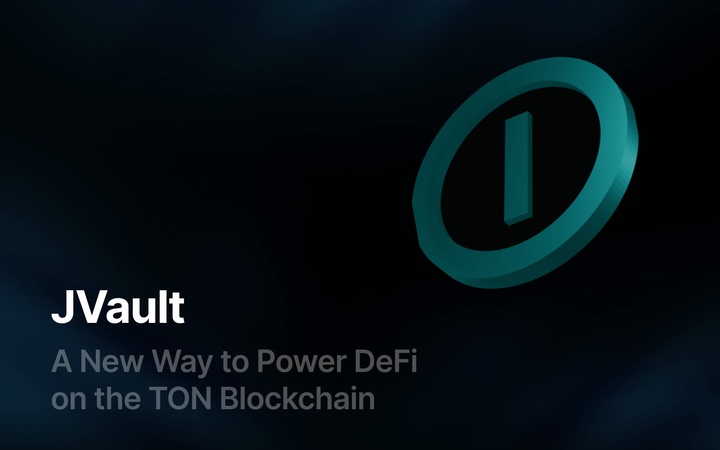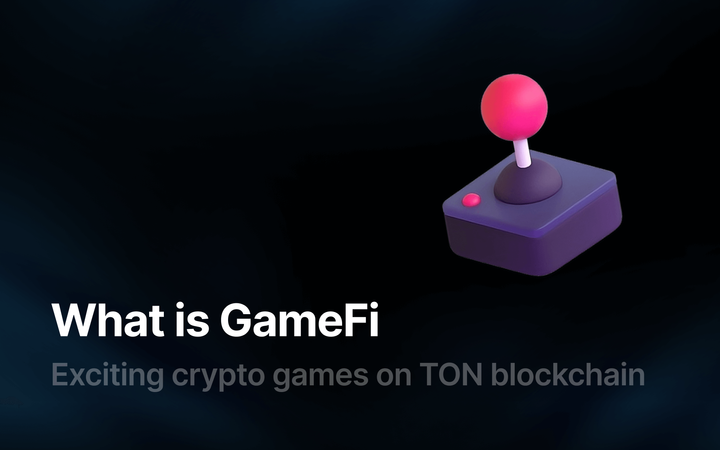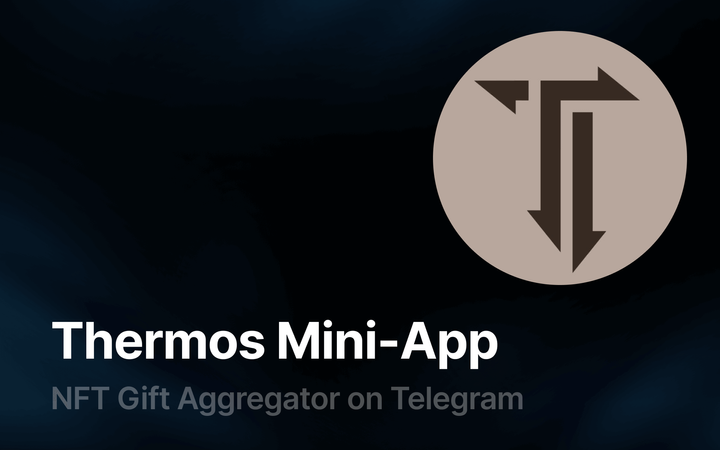TON vs. Solana and Ethereum 2.0: Comparative Analysis of Blockchains

In the world of cryptocurrencies and blockchain technologies, TON stands out for its unique characteristics. Created with the goal of offering a scalability and speed solution, it deserves comparison with other leading projects such as Solana and Ethereum 2.0. In this article, we'll explore the key aspects of these three systems to understand how they fare on the path of innovation in the blockchain industry
Transaction Speed
Solana claims the ability to process up to 65,000 transactions per second thanks to its use of the Tower Consensus algorithm. Although this approach allows for high block generation speed, it can lead to the creation of short-lived forks and requires up to 6.4 seconds for block finalization.
Ethereum 2.0 offers significant improvements in speed and scalability through the introduction of sharding and the transition to a PoS consensus. However, since the full transition has not yet been completed, the final characteristics remain unclear. It is assumed that transaction finalization could take up to 10-15 minutes.
TON, with its dynamic sharding, allows for network scalability by automatically increasing the number of shard chains as the load increases. This provides a high transaction speed and quick finalization, making TON one of the most promising systems in terms of scalability and speed.
Dynamic sharding is a blockchain scaling method that allows the blockchain network to be automatically expanded by dividing the database into smaller fragments called shards and distributing them across multiple network nodes. Each shard contains only a part of the blockchain's data and transactions, which helps increase throughput and network performance.
Features
Solana and TON
General overview:
- Solana is a single-blockchain project optimized for very fast execution of specialized transactions.
- It uses the PBFT consensus algorithm, allowing block generation every second or even faster.
- The project specializes in executing simple transactions, enabling parallel execution and verification.
Unique features:
- Solana can handle up to 65,000 simple transactions per second, provided that the data for all accounts fits in the computer's RAM.
- Supports the Berkley Packet Filter virtual machine, making it formally Turing-complete.
Comparison with TON:
- Solana is a single-blockchain project, which makes it somewhat limited in scalability.
- TON possesses dynamic sharding, automatically scaling the blockchain as the load increases.
Ethereum 2.0 and TON
General overview:
- Ethereum 2.0 plans to transition to PoS using the Casper algorithm and the introduction of many parallel shard chains.
Unique features:
- The ability to create up to 64 shard chains, but block finalization requires 10 to 15 minutes.
- Ethereum 2.0 avoids shard chain interaction issues by focusing on using them for storing the final states of side chains and payment channels.
Comparison with TON:
- Ethereum 2.0 represents a compromise model that circumvents the complexities of shard chain interaction.
- TON offers a more direct solution to blockchain scalability through dynamic sharding.
Comparison with Other Blockchain Projects
Bitcoin (BTC):
- The first blockchain, operates on a Proof-of-Work mechanism.
- Operates on a single layer without smart contracts.
- Uses the UTXO model for tracking transactions.
Ethereum (ETH):
- The first blockchain with smart contract support.
- Also operates on Proof-of-Work, but is transitioning to Proof-of-Stake (PoS) with the Casper protocol.
- Allows the creation of smart contracts in a Turing-complete language.
NXT:
- The first blockchain operating on a Proof-of-Stake mechanism.
- Single-layer without smart contracts.
Casper:
- A PoS protocol developed for Ethereum, to transition to PoS.
- Allows Ethereum to retain smart contracts and accounts.
BitShares:
- A blockchain transfer platform that uses DPoS.
- Does not support smart contracts.
EOS:
- A hybrid multi-layer system using DPoS.
- Supports smart contracts and was developed by the team that worked on BitShares.
PolkaDot:
- A PoS blockchain developed by one of the Ethereum co-founders.
- Has a weak link between block chains and uses the BFT algorithm for generating new blocks.
TON (Telegram Open Network):
- A fifth-generation project using BFT PoS.
- Supports a multi-layer architecture, sharding, and work chains, providing high scalability and flexibility for creating various applications.
Conclusions
TON remains one of the few blockchain projects that demonstrates high performance and blockchain scalability without significant trade-offs. While projects like Solana and Ethereum 2.0 introduce some innovations, they also have their limitations, which TON overcomes through dynamic sharding and other improvements.



